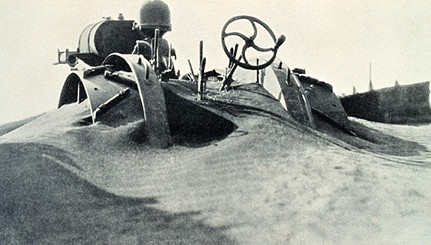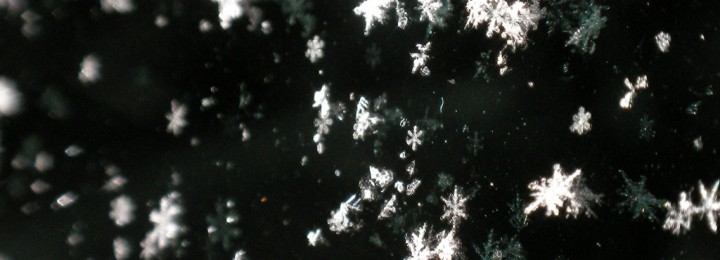History
-

According to an article in the Kansas Farmer, “At the height of the 1930s Dust Bowl, the federal government invested $13.8 million to establish more than 200 million trees and shrubs in windbreaks throughout the Great Plains. Today, those important conservation tools are in decline, due to age and climate challenges…” The windbreaks helped keep…
-

If you like to hear stories about citizen science and the weather, you will love this one. According to a recent story in The Conversation, 66,000 pieces of paper containing very old weather records in the United Kingdom were digitized by volunteers during the pandemic. The records were handwritten, mostly in cursive, which made them…
-

If you like to read about how the weather and climate have affected historical events, you are sure to enjoy this story from WISC News on important weather events from the past and how they changed the course of history, going all the way back to 541 AD and even before. Some of the events…
-

Those of you who are interested in weather history might be interested in this blog post from STM Weather on the Children’s Blizzard of January 12, 1888. While is is not a Southeastern weather event, it is a tragic reminder of how fast the weather can change and the terrible consequences of not being prepared.…
-

Here is a look at 20 historical droughts in the United States going back several centuries. The list is more focused on the western part of the country, but that is where the longest and most intense droughts were over long time periods. You might be interested in seeing some of the impacts of these…
-

The last few years have brought many tropical storms and hurricanes to the Southeast. This week marks the 5-year anniversary of Hurricane Matthew, which dropped heavy rains on the East Coast, especially eastern North and South Carolina. The damage to agriculture, infrastructure, and housing from the wind and rain was vast. Corey Davis of the…
-

On April 1, 1960, the world’s first operational weather satellite was launched into space. It opened a new world of information to meteorologists since it could see the weather in areas where there were no surface observations, such as over the oceans and the poles. Now the vast majority of weather observations input into forecasting…